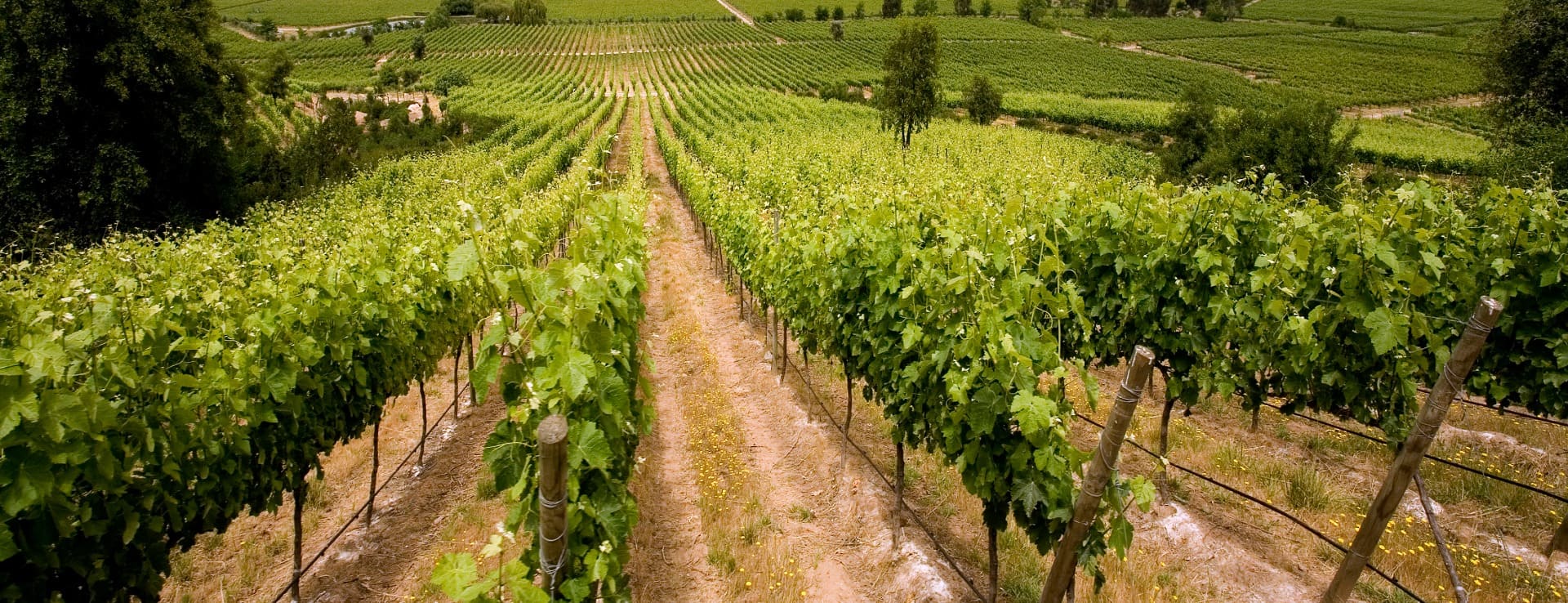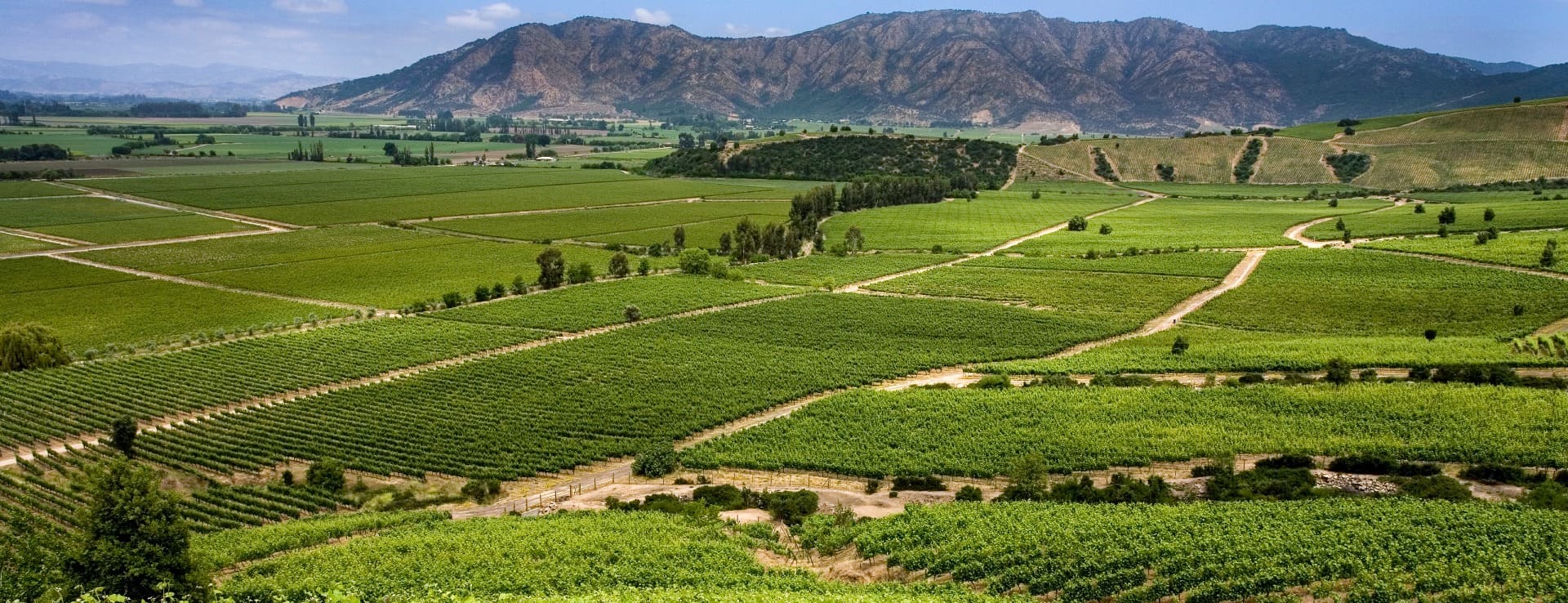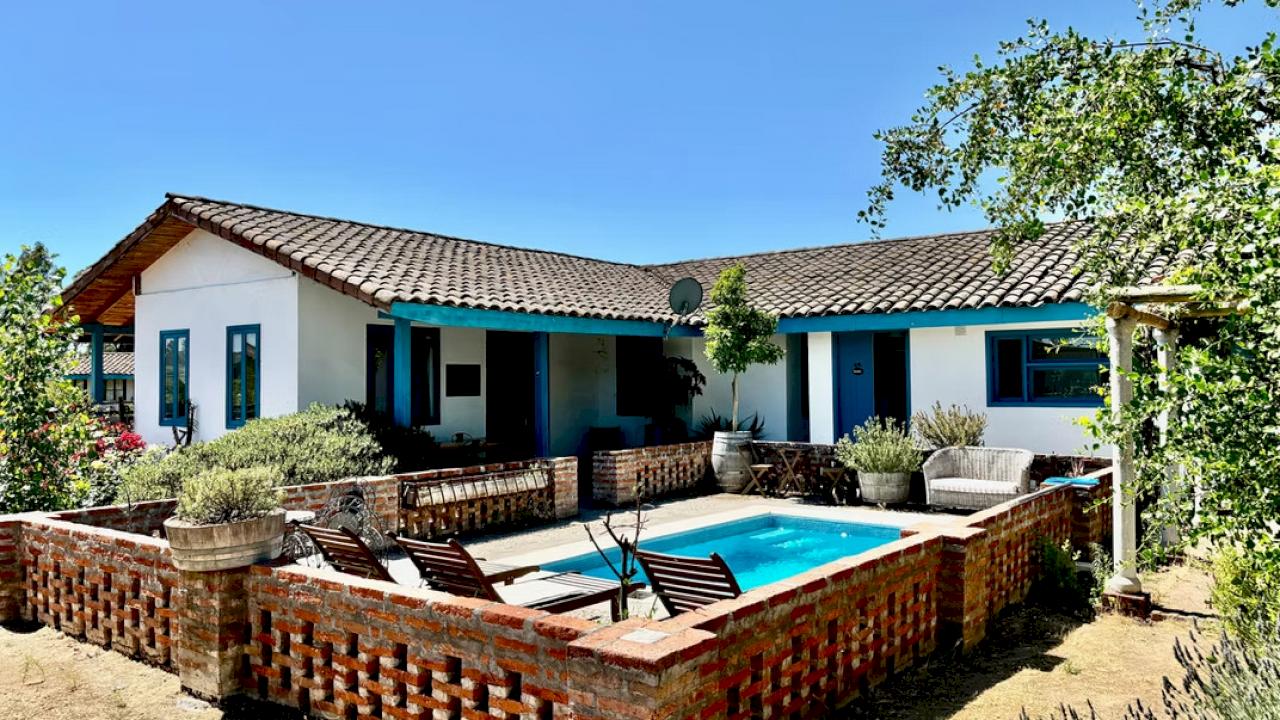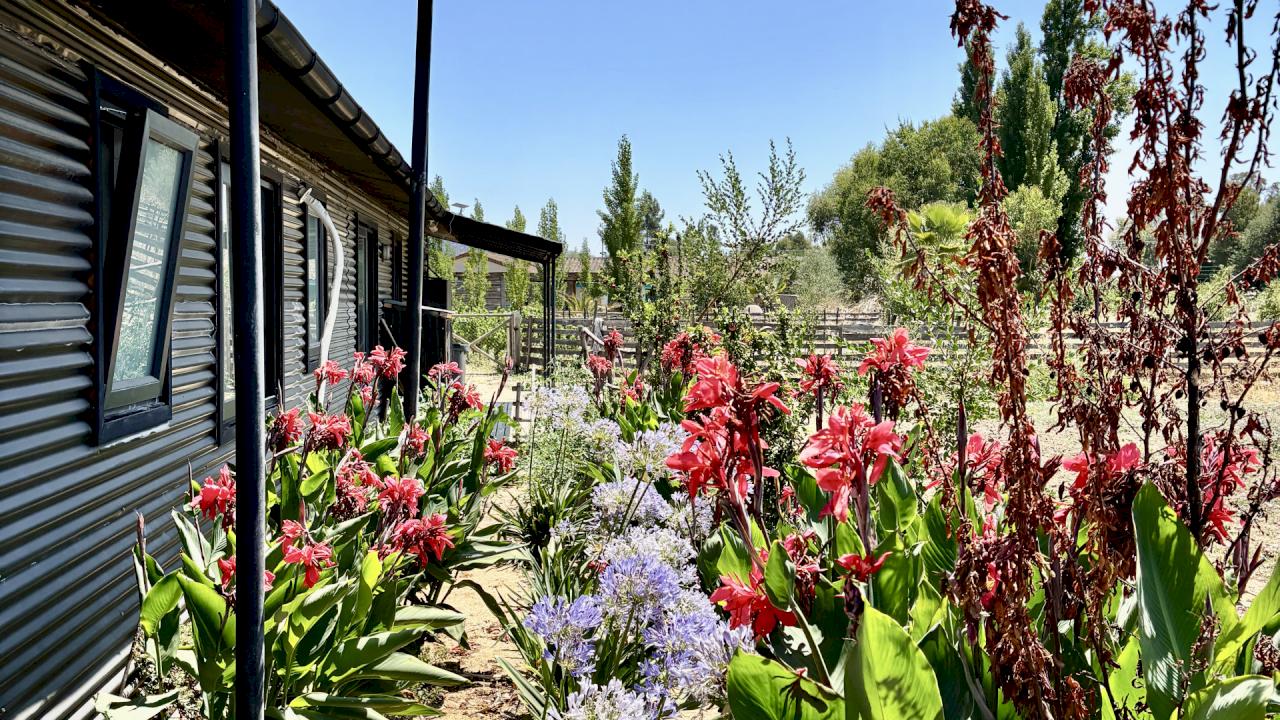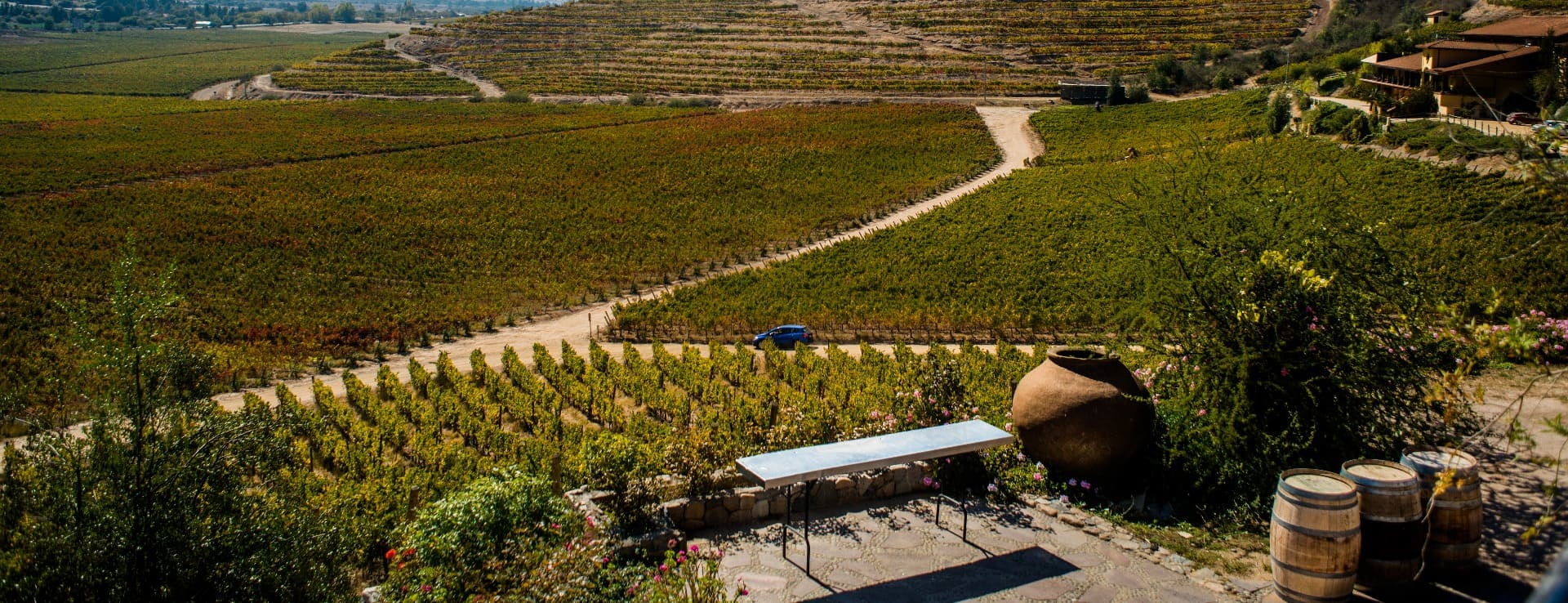Find your winery or vineyard
8 Wineries and Vineyards for sale in Valle de Colchagua
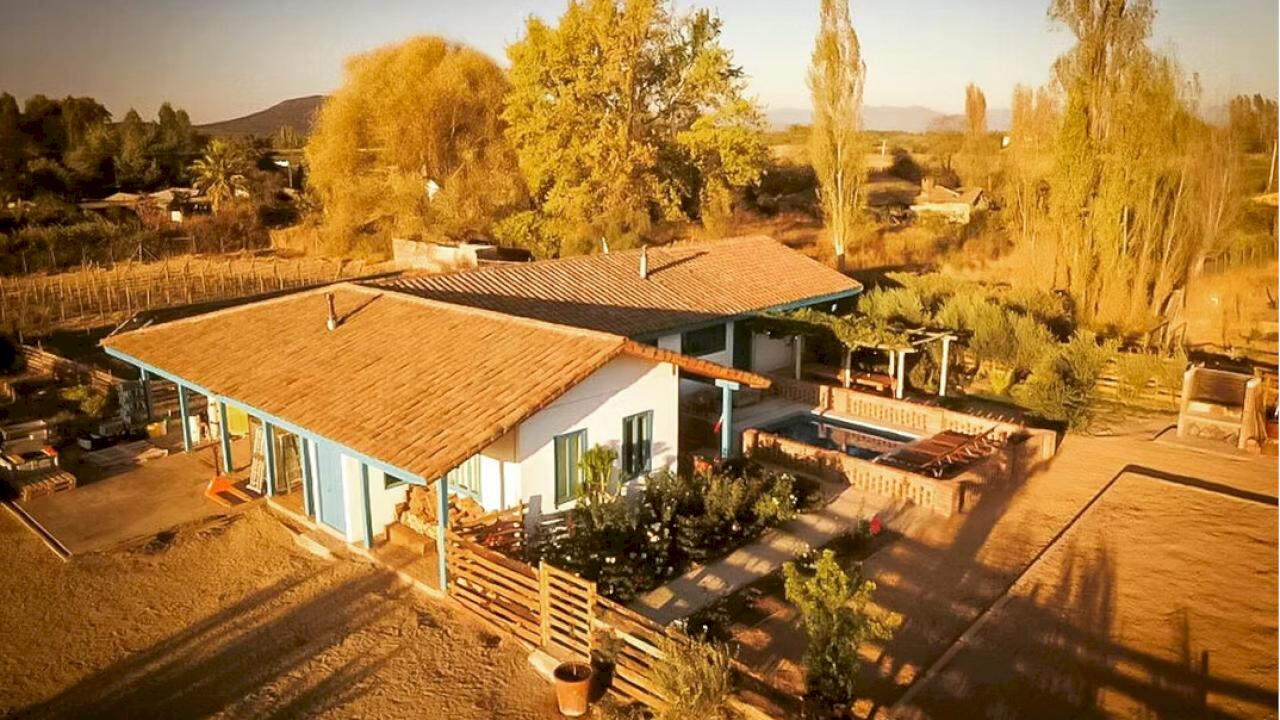
GENUINELY UNIQUE BOUTIQUE WINERY, HOTEL AND HOME
Colchagua
≈ 1.395.000.000 CLP
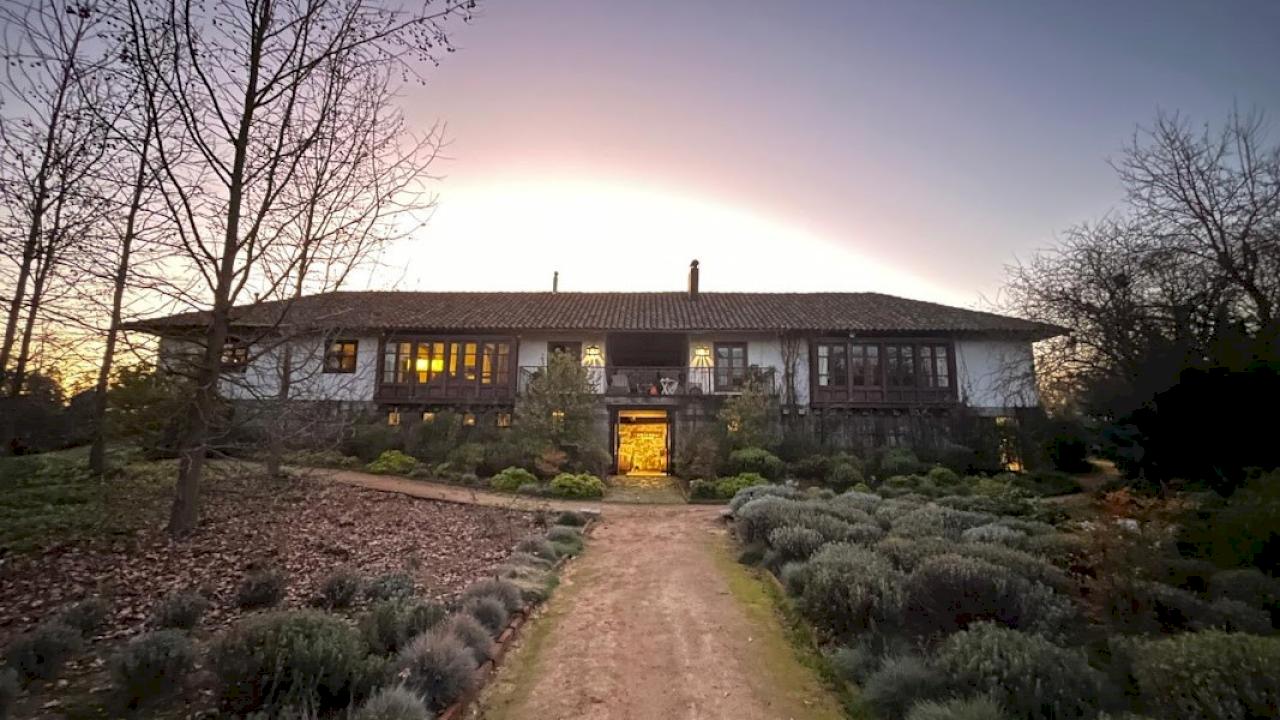
STUNNING COLONIAL-STYLE HOME, VINEYARD AND WINERY
Colchagua
≈ 2.418.000.000 CLP
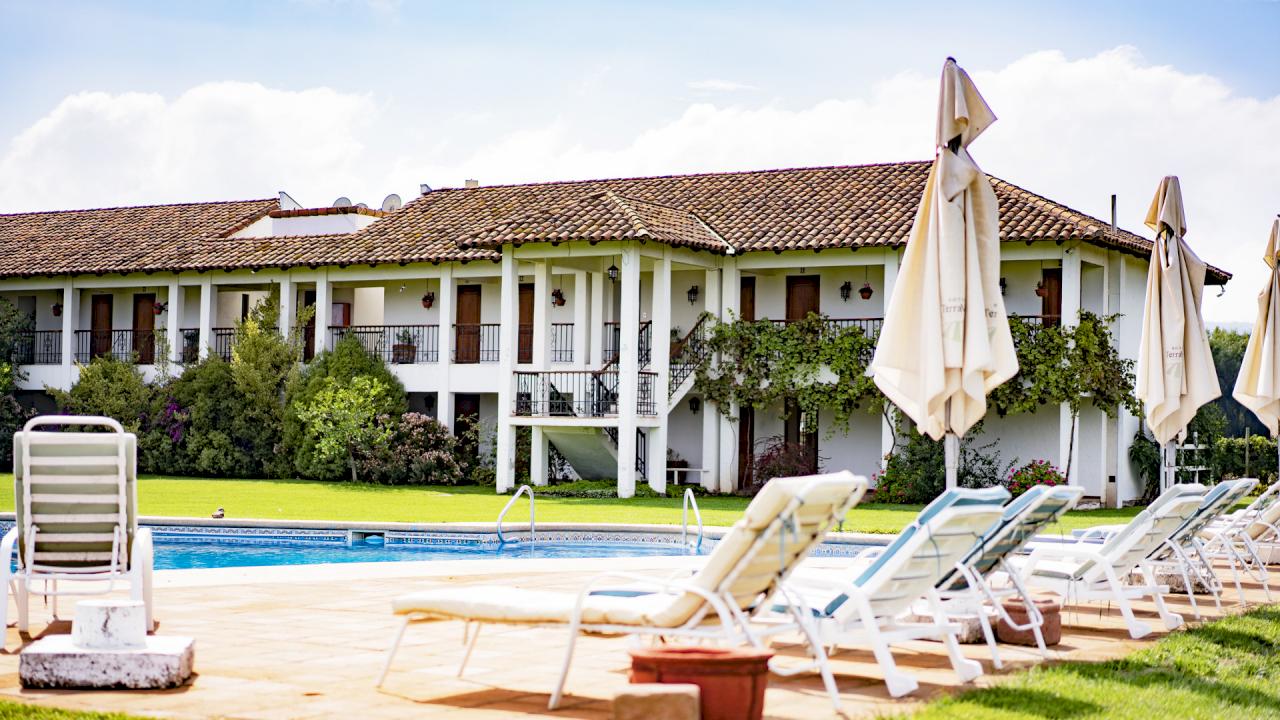
BEAUTIFULLY DESIGNED HOEL IN A FANTASTIC LOCATION
Colchagua
≈ 4.287.300.000 CLP

BEAUTIFUL HOME WITH HIGHLY PROFITABLE CHERRY PLANTATION
Colchagua
≈ 651.000.000 CLP
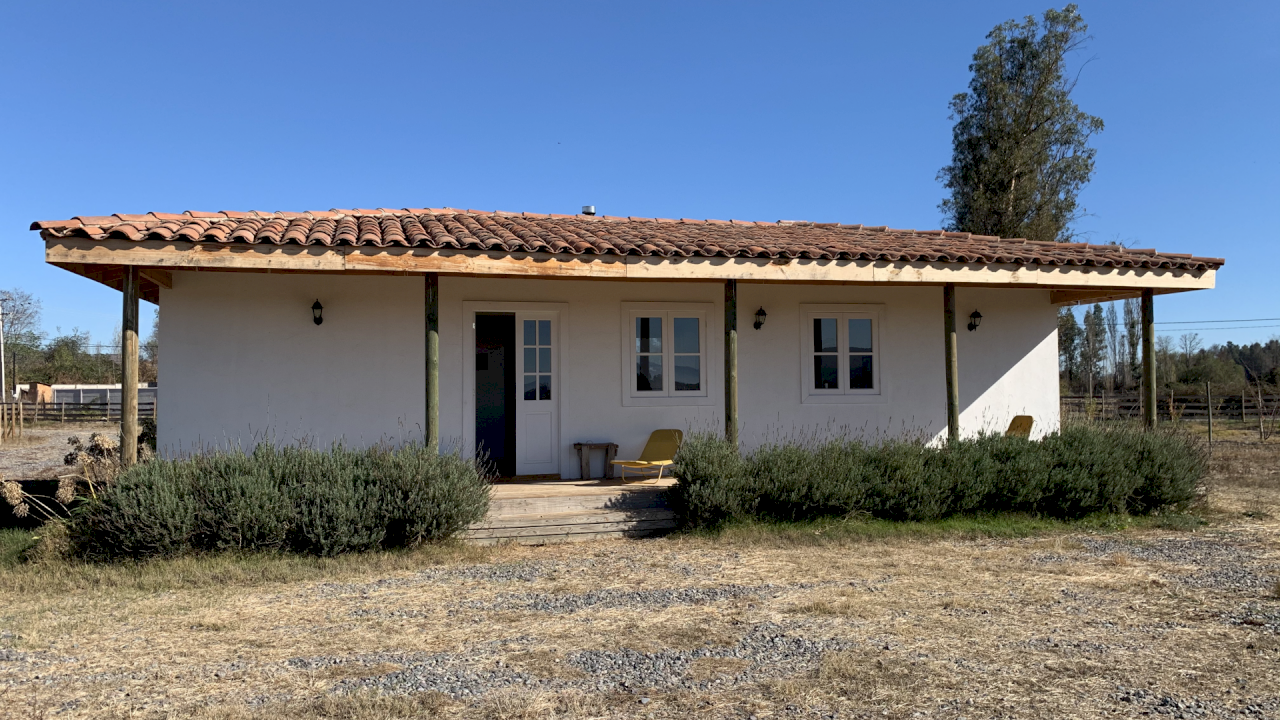
CHARMING COLONIAL-STYLE COTTAGE WITH BOUTIQUE VINEYARD
Colchagua
≈ 446.400.000 CLP
Infographic of the Denomination of Origin
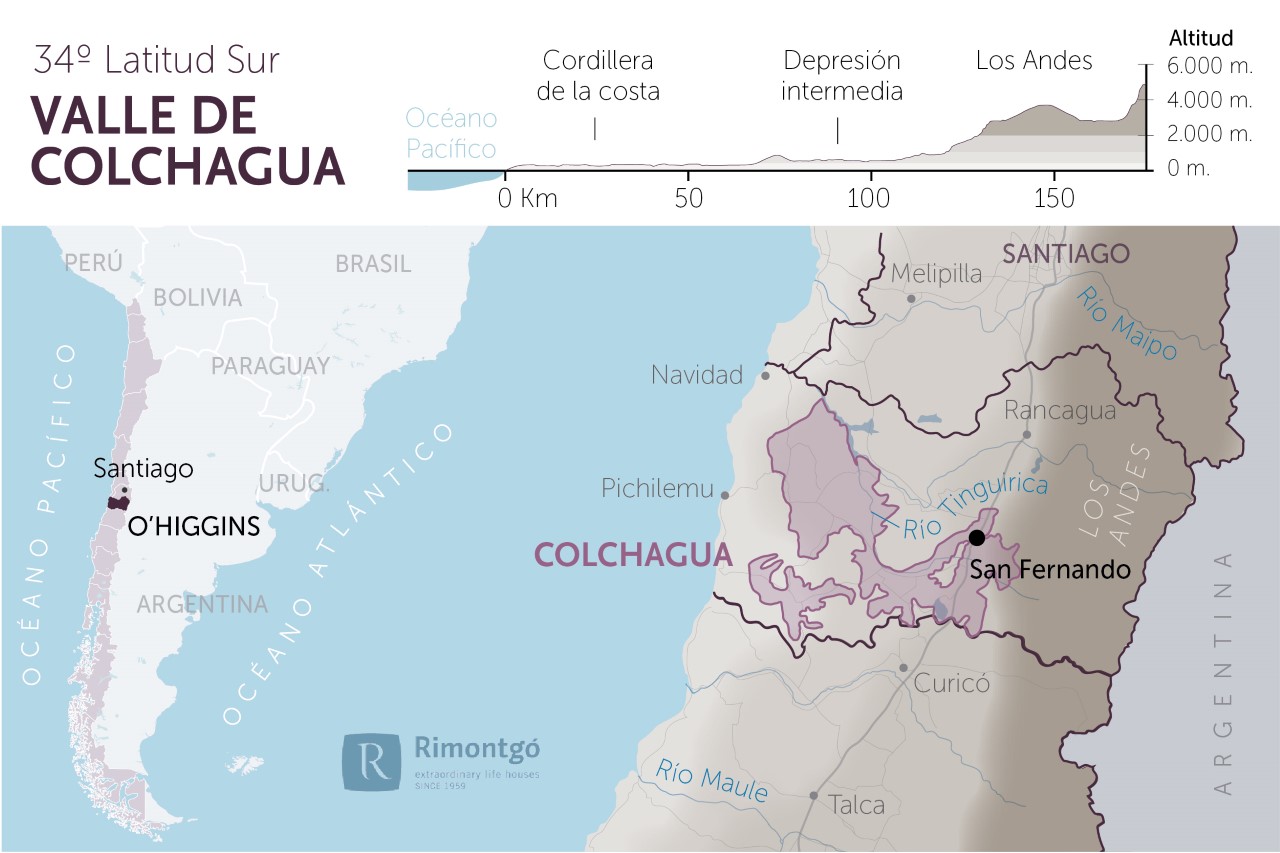
Change to imperial units (ft2, ac, °F)Change to international units (m2, h, °C)
Number of wineries (2017):
81
Total surface area:
32.000 ha79.072 ac
Altitude of the vineyards:
Min: 100m
Max: 1.200m
Min: 328ft
Max: 3.937ft
Temperature:
Min: 4º
Max: 28º
Min: 39°F
Max: 82°F
Yearly rainfall:
592 l/m255 l/ft2
Designation of origin Valle de Colchagua
LOCATION AND HISTORY
The designation of origin Valle de Colchagua geographically includes both, the province of Colchagua and the bordering province of Cardenal Caro. Located in the interior of the O’Higgins region, is situated to the south of the capital of the province, the city of San Fernando. Vine cultivation in the Colchagua valley was introduced by the religious Jesuits in the 16th century. Traditionally, it has produced wholesale wine aimed to be sold to nearby areas as is the case of Maipo. Over the years and especially in the last decades, there has been a movement by winemakers to enhance the value of the Colchagua Valley wines. Montes was the first winery to hazard planting on the banks of Apalta the varieties Syrah and Carménère.
Some of the Colchagua Valley wineries that took part in the renaissance of the designation of origin are Montes, Las Niñas, Lapostolle, Folly and Clos Apalta which are also wineries that occupy a greater recognition in Chile and also abroad, especially in the United States.
SOILS
Geologically, the Coastal Range is very old and consists mainly of granite, plutonic rock, with large amounts of quartz. Climatically, the Coastal Range serves as a screen, stopping the influence of low Pacific Ocean temperatures and high relative humidity. But in addition to stretching from north to south, it also moves eastward with an endless number of arms that define small subvalleys. Its zone of greater development stands out sectors like Peumo, Alpalta, Marchigüe in the Colchagua Valley.
There are two well-defined sectors in the granite batholiths of the coast:
- The valleys that form between the arms of the coastal batholiths (of heights superior to 60 masl) that move from west to east.
- The area of gentle hills closest to the Pacific, with its correspondingly greater influence from the sea.
In the first sector of flat areas, the soil is notable for the presence of sorghum, which is sandy in texture from thick to very thick with the presence of layers and on low slopes, but with high summer temperatures and thermal amplitudes. We found the existence of dry land vineyards of more than eighty years in the Apalta Valley. In these areas the Carménère and Malbec vines adapt very well.
Within this sector on the steepest slopes, over 20% and up to 45%, it is possible to find a change in the soil characteristics. The sand deposits in the lower areas are abandoned to move to the combination of sand, clay and granite rocks where certain varieties such as Grenache, Mourvèdre, Petit Verdot or Syrah develop well, which adapt very well to poor soils and conditions of high to very high temperatures in summer.
In the second sector, closer to the Pacific, there are gentle slopes (Marchigüe), characterized by a greater presence of clays along with slopes that do not exceed 30%, although the constant sandy soil (granite) remains. The main feature of this group of soils is that they allow and benefit the stress on the vineyard, as they are poor in nutrients and low in moisture retention. In this sector the cabernet sauvignon has found a distinctive degree of expression to the known classic of the Maipo or Cachapoal alluvium, as well as the ductility of the Syrah gives wines of recognizable expression by the area.
Within this sector, the slopes closest to the Pacific Ocean in the coastal batholith maintain similar climatic characteristics but are more influenced by their proximity to the coast and by winds from the Pacific. In recent years, white wine production has increased in these more coastal areas.
CLIMATE
This designation of origin is irrigated by the waters of the Tinguirica River. Temperatures typical of the temperate Mediterranean climate, with cold nights in the winter and very hot summers, full of sunshine. The central plain, protected from oceanic influences, has an exceptional luminosity. The climate is subject to the double influence of the height of the main mountain range and the Humboldt current. This cold current comes from the Antarctic along the Chilean coast rising from the south to the north, bringing a freshness and mist (camanchaca) that is slowed down by the coastal mountain range.
Its western part, bordering the Coastal Range, is dry and warm. The most eastern part, at the foot of the Andes, is cooler because it is less protected from winds coming from the south and southwest and above all because the cold air currents that descend from the slopes of the Andes bring very low night temperatures, favourable to the coloration of the red grapes and extending the ripening period of the region, which benefits the preservation of the acidity in the grapes.
TYPE OF GRAPE
The vast majority of vine cultivation in the designation of origin Valle de Colchagua is dedicated to the production of red wines, although over the last few years the areas of this designation of origin closest to the coast have been aimed to the production of white wine. With regards to the red wines, the highest percentage of the production is dedicated to the varieties Merlot, Cabernet Sauvignon and Carménère. Other cultivated grape varieties are: Syrah, Malbec, Cabernet Franc, Chardonnay and Sauvignon Blanc.
Discover more wineries and vineyards for sale in these wine regions in Chile
Subscribe to our mailing list to receive news about wineries and vineyards.

